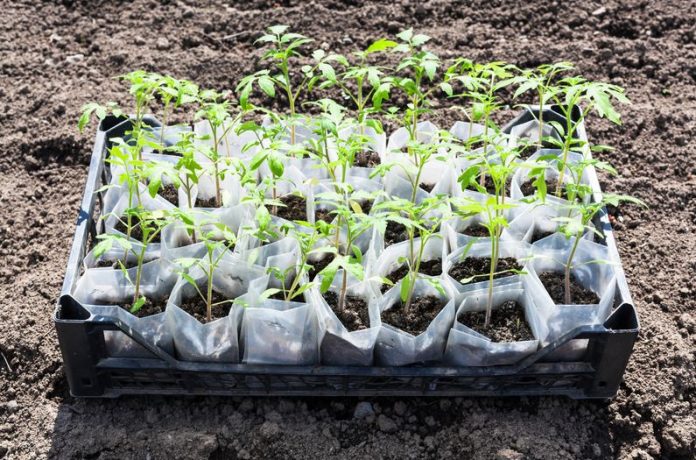Having a raised planting bed that rests above the grade of your main lawn for flower or other planting is an appealing landscape feature.
Raised plant beds offer a three dimensional appeal to your landscape because of the noticeable transition point from yard to plant bed.
Raised planting beds are often sought after in high profile landscapes and yard designs.
A raised planting bed has to be contained so that it will not erode into the yard or into the rest of your landscape.
So, how is this best accomplished?
A retaining wall built around the plant bed will retain the soil and plantings from being washed away by the weather.
The retaining wall is successive rows of wall block laid on top of each other to form a wall.
The blocks themselves are made from concrete. If you are ambitious, you can build a retaining wall for a raised plant bed yourself. It is not hard, but it involves a lot of physical labor.
The first thing that must be done when considering your plant bed and retaining wall is your plan design.
Plan out where the bed will be in your yard and then get a piece of long rope and layout the shape of your plant bed on your lawn by laying the rope on the lawn where you want the plant bed to be.
The best looking raised plant bed and retaining wall systems are designed such that the retaining wall top blocks are level from the high point to the low point.
Since the ground where you will lay your retaining wall blocks is not level and may even slope, you have to plan your wall design so the top blocks will be level with each other.
To do this, drive wood stakes in the ground at the highest and lowest elevation points of the plant bed dimension.
Also, drive a stake in the middle between the high point and low point if you need to so that your level line will not sag.
Using non-stretch string and a line level and starting at the high point of your plant bed, tie the string off to rest where you want the top block surface height to be.
This will be the starting point of your retaining wall, with the end being the lowest elevation point.
The level line will serve as your height guide for where the tops of all the wall blocks will eventually be.
Tie the string off at the midpoint and then the low point, making sure the line is kept level with your line level.
Following the rope you placed on the ground for the shape of your plant bed, dig out the yard grass and sod so that the basic shape of the bed is formed.
Now, using your flat spade or other shovel, flatten the ground surface nearest the edge of the sod that remains for the entire length of your plant bed.
This will serve as the foundation for placing your wall blocks, which have to be level side to side and fore-aft.
Once the ground is relatively flat, spread 1-2 inches of paver base on the ground surface starting at the highest elevated point to place your first wall block.
Using a tamper, tamp the paver base level. Place your first block on top of the paver base and, using a small level, determine if the block is level side to side and fore-aft.
Adjust the level of the block with a rubber mallet. The top surface of your first block should eventually just be touching the string you tied off to form the level height of your wall.
Spread some more paver base and keep going with the first row of your retaining wall blocks, making sure to keep them level individually and from one adjacent block to the next.
Take note that you may have to do some extra digging to make sure adjacent blocks are level with one another.
Positioning the first row of blocks to be level is the most difficult part of this project, but the appearance of the wall will benefit greatly because of your efforts.
Once the first row of blocks are laid and are level, you can start on the second row. You may notice that it will take more blocks on one end of your wall to be at level height with your guide string that on the other side of the wall. This is due to the grade of your lawn.
Keep adding additional blocks onto the first row, until the second row is completed. Since your first row of blocks is level, so should your second and third rows be.
Lay the rows of blocks until your final wall height is reached determined either by the relative distance from the guide string or just by your visual judgment.
It is fine to add partial rows to be on the top of the wall instead of ending the wall with one contiguous row. It just depends on your personal preference.
When your wall is completed, the top of the wall will be higher than the ground where you first started.
Now take some pea gravel and pour it around the base of the wall on the inside of the plant bed to promote proper drainage.
Start to backfill the plant bed with the soil of your choice, possibly adding more layers of pea gravel against the wall or other edges of the bed for proper drainage.
Once you have completely filled the plant bed with the soil, you are done, and are now ready to add plants and flowers of your liking.

